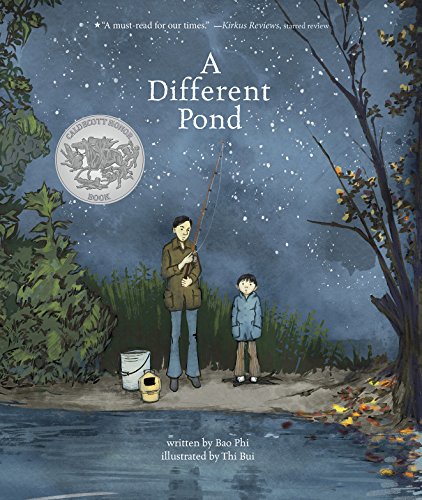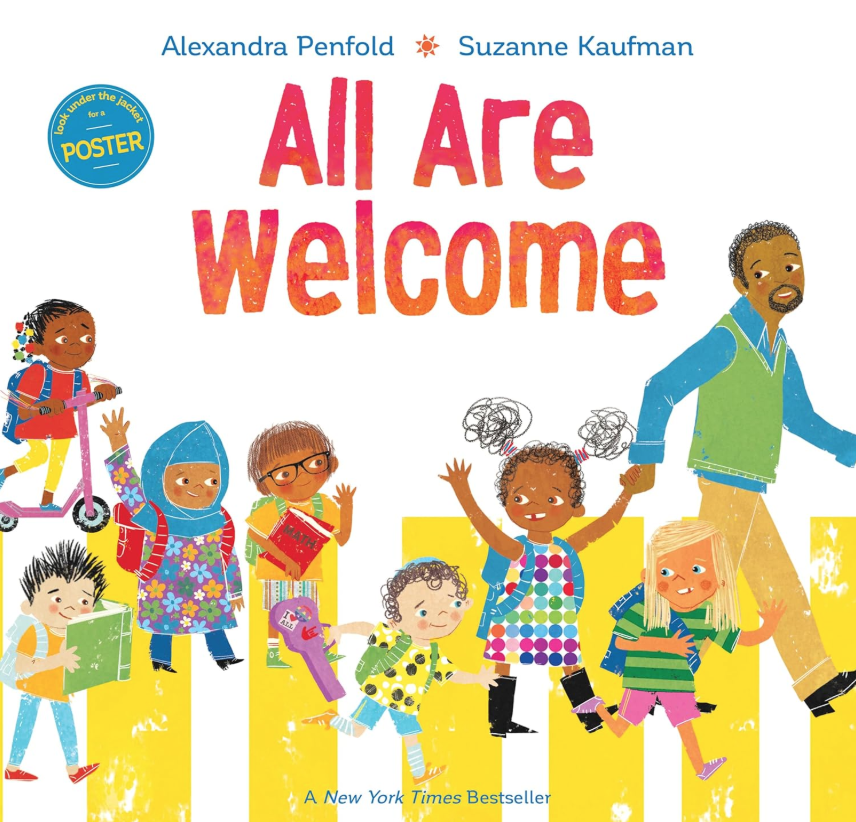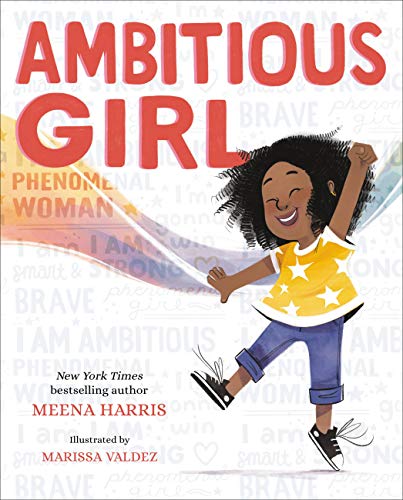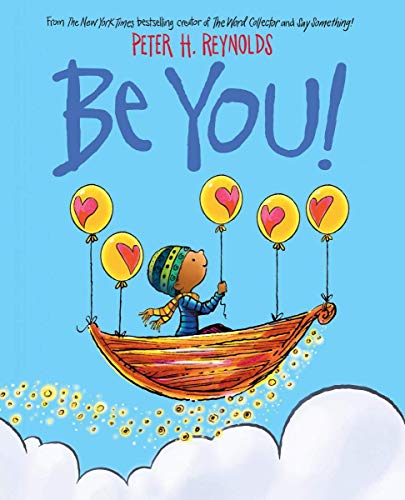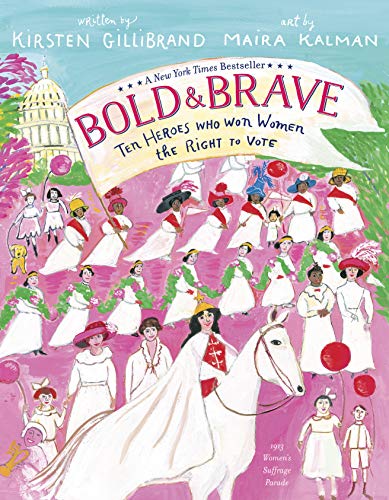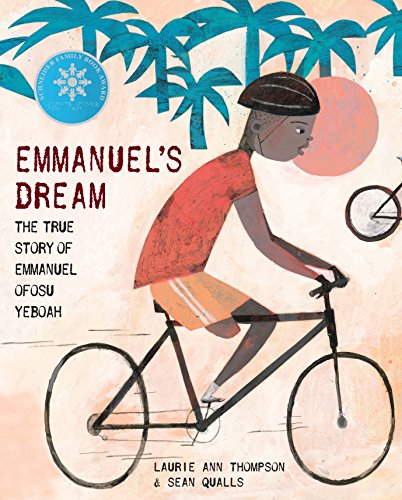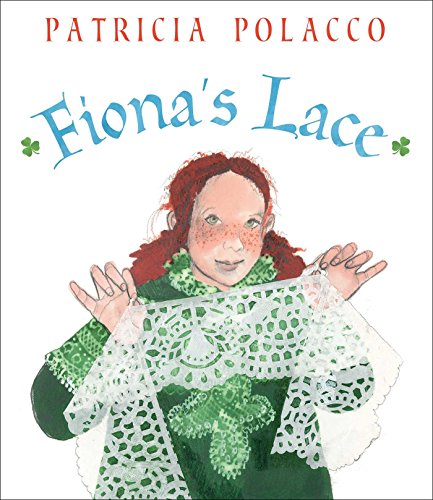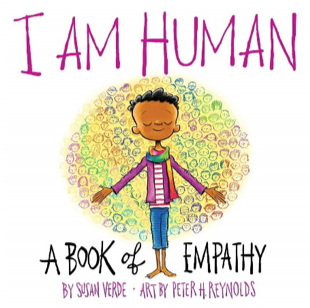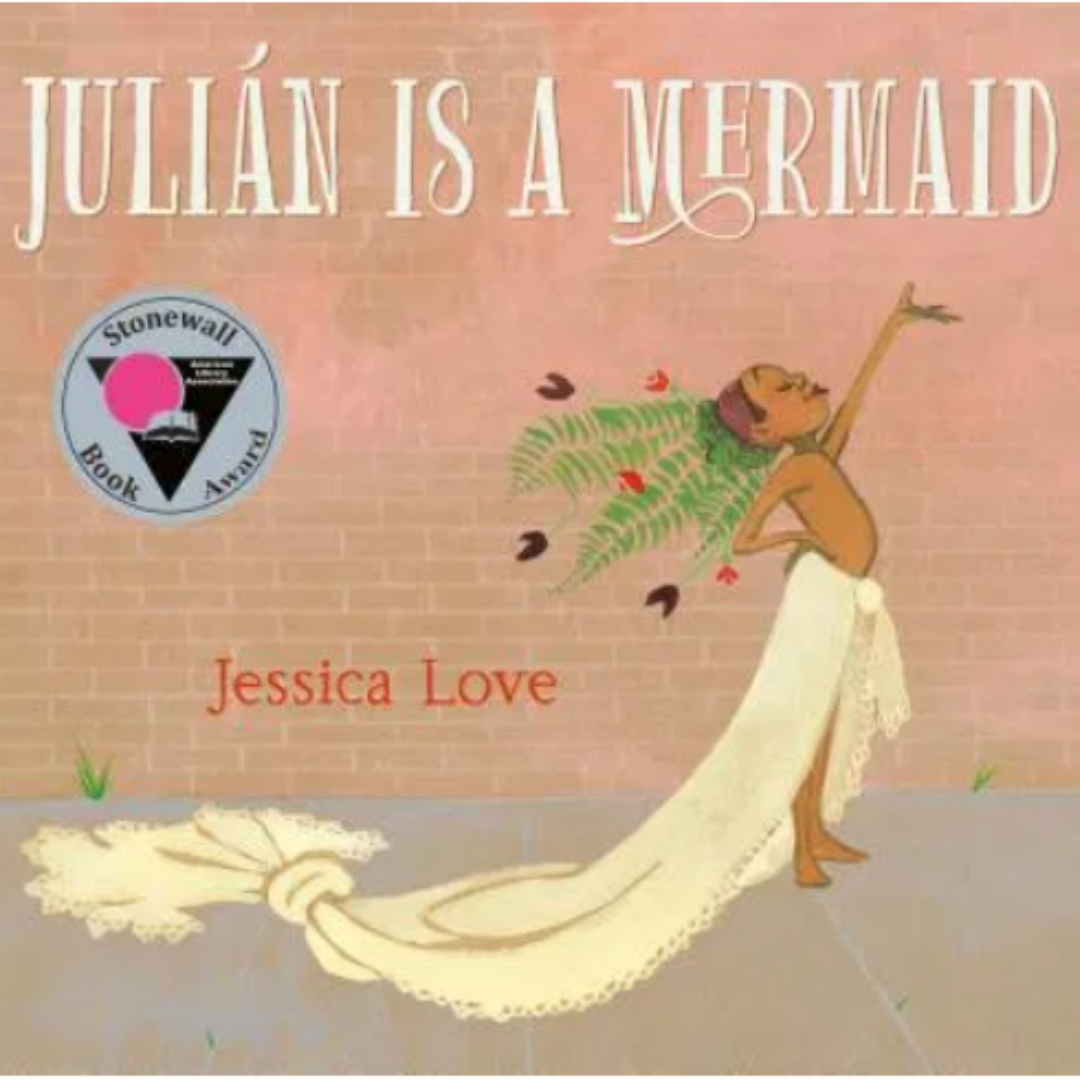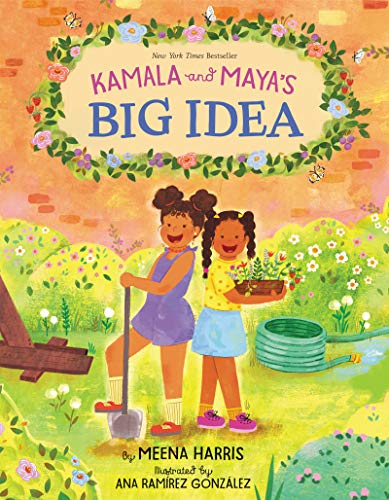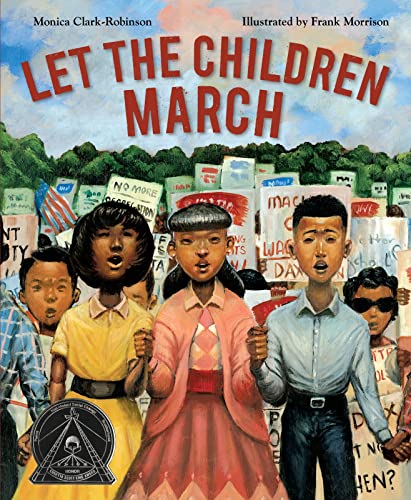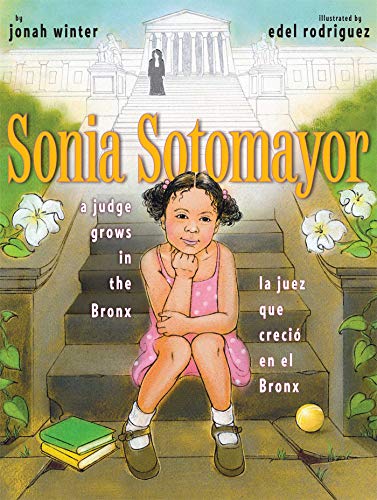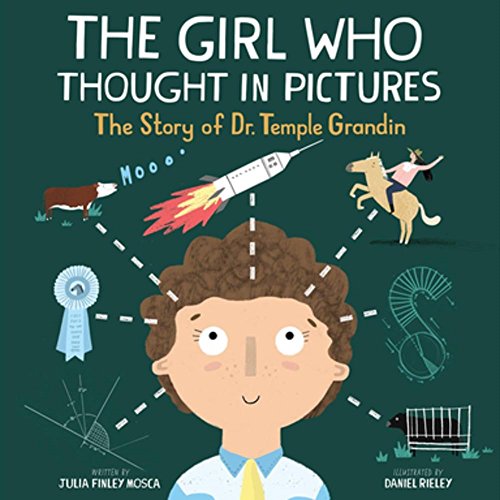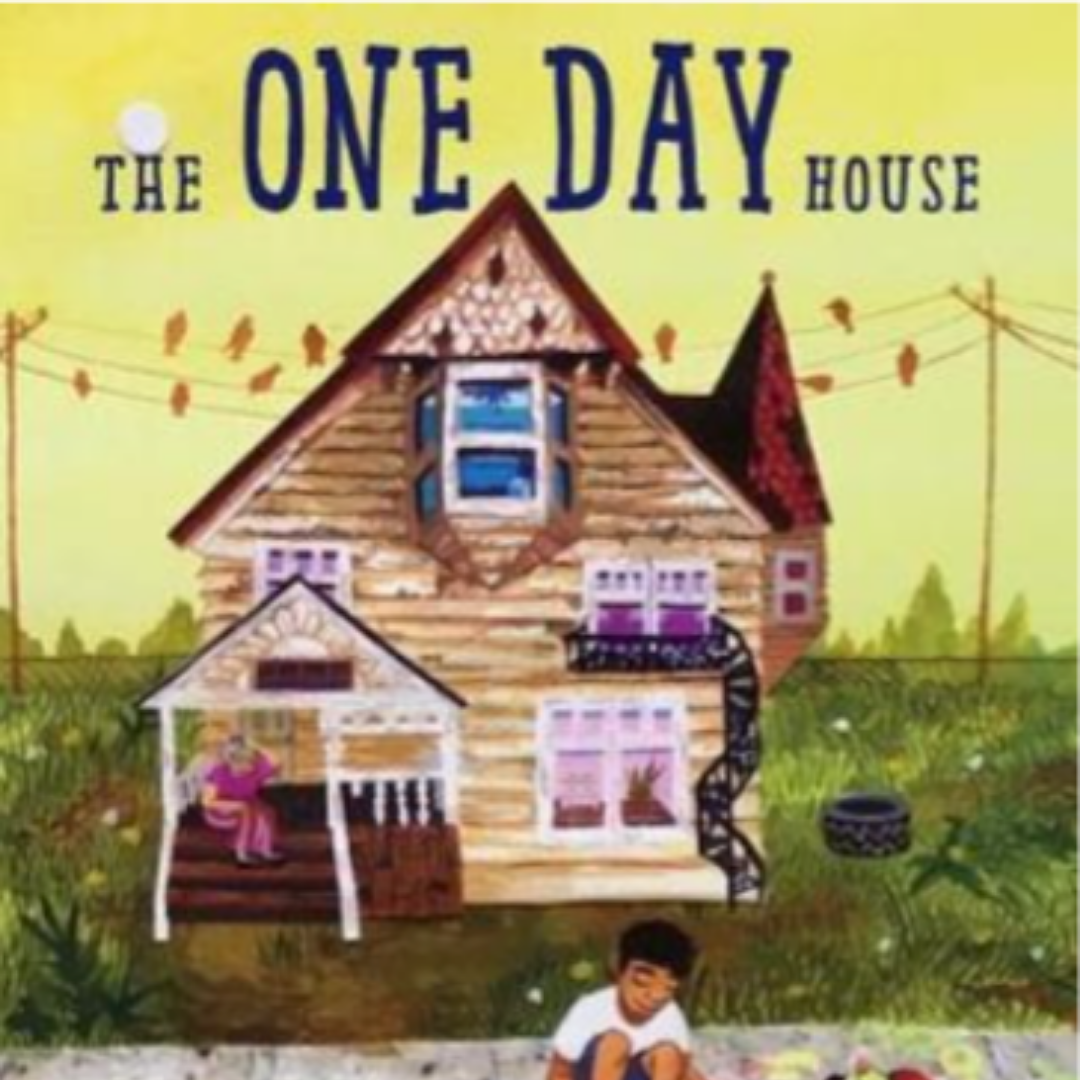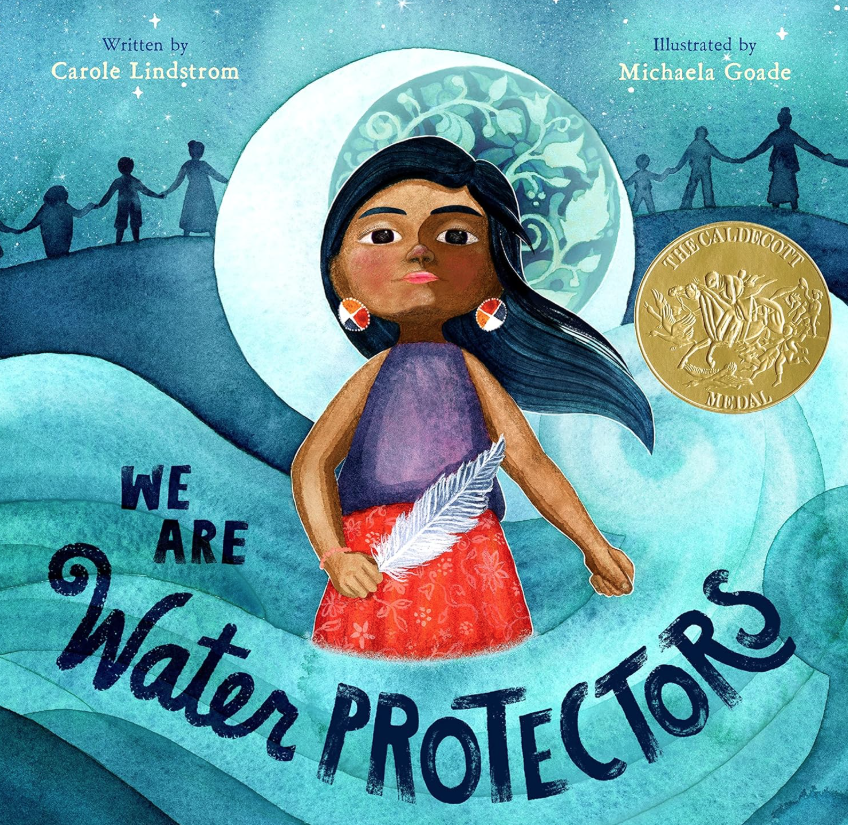Comprehension
Set purpose for reading
Readers increase their focus, engagement, and comprehension when they decide why they are reading the text.
Readers increase their focus, engagement, and comprehension when they decide why they are reading the text.
If you see readers who . . .
Readers who know why they are reading and what they want to get from the text are more active and engaged.
Before you start reading, you need to look at the text and think, Why am I reading this? Is it for fun? To learn something new? To meet a need? Once you know this, you can determine how to approach the text.
We bring in different reading material and model how reading changes as the purpose and text change.
Your purpose for reading will usually be one or more of the following:
Knowing the purpose can also help you decide what you want to read. For example, when you're reading for pleasure or to be entertained, you will read more quickly and be focused on fun, but if you're reading for new ideas, you most likely need to slow down and read more carefully, slowly, and deliberately.
Suggested language:
Possible ways to differentiate instruction:
Reconsider materials, setting, instruction, and cognitive processes.
These strategies may provide support before, during, and after teaching this strategy:
Want to hear about this strategy from a student's perspective? Let Kid Teacher, Miss Hadley, tell you—in her own words—how this strategy helps her grow as a reader. We think it will help your students too!
In this video, Gail introduces the strategy. Share this with your class, and then continue instruction with a text and content that meets the needs of your students and your grade level standards.
Each book below has a coordinating lesson with an explicit example to teach this strategy. Select a book cover below, then download the lesson to see for yourself. At The Daily CAFE these were called Lit Lessons.
